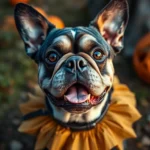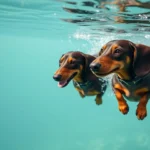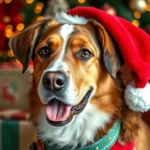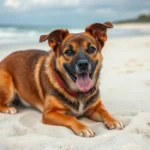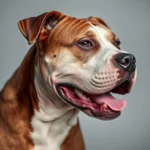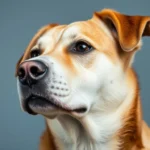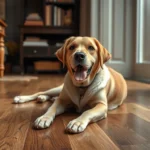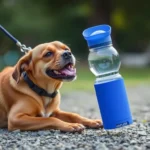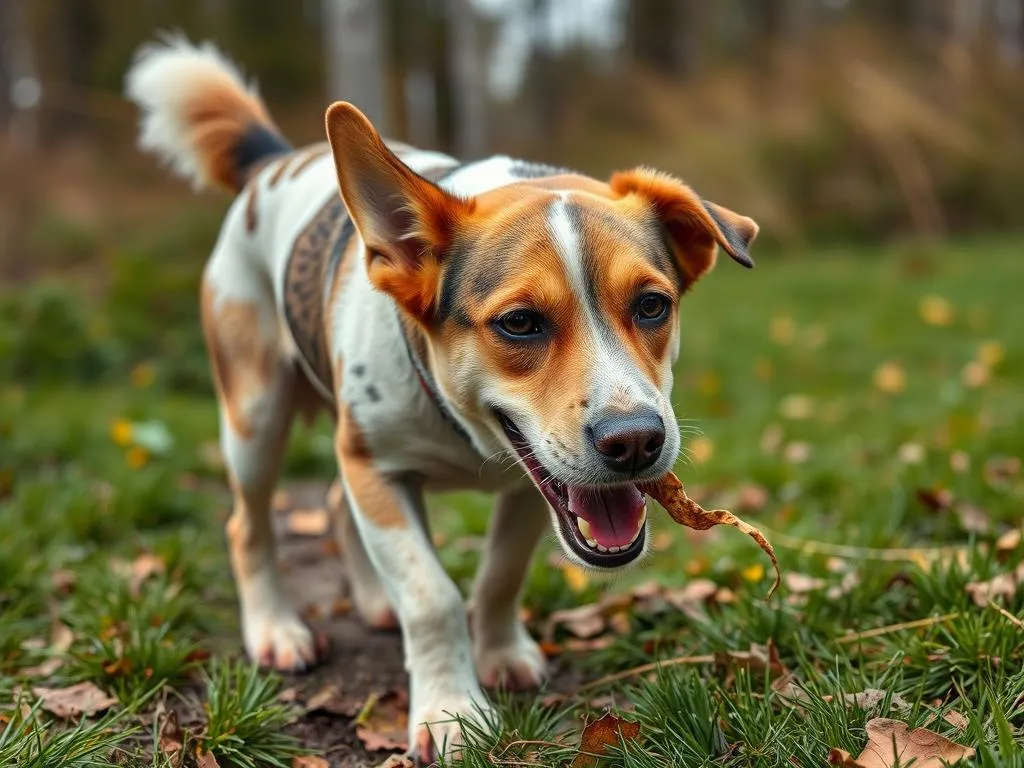
Walking your dog is one of the most enjoyable activities you can share together. However, it also comes with its own set of challenges, particularly when it comes to what they might find and eat during these excursions. It’s not uncommon for dogs to pick up and consume something they encounter on their walks, leading many owners to wonder, my dog ate something on a walk; what should I do?
Understanding the reasons behind this behavior, recognizing potential hazards, and knowing how to respond can make all the difference in keeping your furry friend safe.
Understanding Why Dogs Eat Unfamiliar Objects
Instinctual Behavior
Dogs are naturally curious creatures, driven by instincts that date back to their wild ancestors. For many breeds, foraging for food is an instinctual behavior that has been preserved through generations. When your dog is out for a walk, their instinct to explore the world around them is strong. This can lead them to sniff, chew, and sometimes swallow items they find on the ground.
Potential Nutritional Deficiencies
Another reason your dog might be munching on non-food items is due to nutritional deficiencies. If a dog is lacking certain nutrients in their diet, they may resort to eating strange objects in an attempt to fulfill those needs. It’s essential to evaluate your dog’s diet regularly to ensure they are receiving balanced nutrition to prevent such behaviors.
Behavioral Issues
Sometimes, dogs will eat inappropriate items due to behavioral problems, such as anxiety or boredom. A lack of training can also contribute to this behavior. Dogs that are not adequately trained might not understand commands like “leave it” or “drop it,” making them more prone to picking up harmful objects during walks.
Common Items Dogs Might Eat on Walks
Food Items
While some items dogs ingest can be simply discarded food, others may pose risks. Common edible items include:
- Leftover food scraps
- Trash (like pizza boxes or wrappers)
- Other animal feces, which can be appealing to some dogs
Non-Food Objects
Dogs can also mistakenly consume non-food items that can be dangerous:
- Sticks, which could splinter and cause internal injuries
- Rocks, which can lead to choking or blockages
- Plastic items, which could cause digestive issues
Hazardous Substances
Some items are extremely toxic to dogs and should be avoided at all costs:
- Chocolate, which can cause severe health issues
- Grapes and raisins, known to lead to kidney failure
- Poisons such as rat bait and antifreeze, which are lethal
Immediate Actions to Take
Stay Calm
If you find yourself in a situation where my dog ate something on a walk, the first step is to stay calm. Panicking can make the situation worse and prevent you from assessing what to do next.
Check Your Dog’s Mouth
Carefully check your dog’s mouth for any obstructions or harmful items. If your dog is cooperative, gently open their mouth and look for anything unusual. If you see an item but cannot safely remove it, don’t force it; this could lead to injury or choking.
Look for Symptoms of Distress
Observe your dog for any signs of distress. Symptoms that may indicate a problem include:
- Vomiting
- Lethargy
- Diarrhea
- Abdominal pain
- Excessive drooling
If any of these signs are present, it’s time to seek veterinary advice.
When to Call the Veterinarian
Situations Requiring Immediate Veterinary Attention
Certain symptoms necessitate an urgent vet visit, such as:
- Difficulty breathing
- Severe vomiting or diarrhea
- Unconsciousness or extreme lethargy
- Signs of pain or distress (whining, pacing)
Non-Emergency Situations
In other cases, you may be able to monitor your dog at home, especially if they seem fine and you know exactly what they’ve eaten. However, keep a close eye on them for any changes in behavior or health.
Preparing for the Vet Visit
If you decide to take your dog to the vet, be prepared to provide information about what they ate, how long ago it happened, and any symptoms you’ve noticed. This information can help your veterinarian evaluate the situation more effectively.
Preventive Measures for Future Walks
Training Your Dog
Teaching your dog commands such as “leave it” or “drop it” can significantly reduce the likelihood of them eating harmful items. Consistency is key; practice these commands regularly during walks and at home.
Using Leashes and Muzzles
Using a leash is a simple yet effective way to control your dog’s movements and prevent them from snatching up dangerous objects. In certain cases, especially with dogs that have a strong tendency to eat everything, a muzzle may be a practical solution (ensure it’s a comfortable one).
Environmental Awareness
Being vigilant during walks can help you anticipate and prevent your dog from ingesting harmful items. Keep your eyes peeled for potential hazards, and anticipate your dog’s behavior so you can intervene quickly.
Long-Term Solutions for Picky Eaters
Assessing Diet and Nutrition
If you suspect that your dog eats non-food items due to nutritional deficiencies, consider consulting a veterinarian to evaluate their diet. They may recommend specific supplements or dietary changes to ensure your dog is getting all necessary nutrients.
Engaging Mental and Physical Exercise
Boredom can lead to undesirable behaviors, such as eating inappropriate items. Regular physical and mental exercise can help keep your dog engaged. Activities like puzzle toys, obedience training, and interactive games can provide much-needed stimulation.
Consulting with Professionals
If your dog continues to eat non-food items despite your efforts, it may be time to consult with a professional dog trainer or behaviorist. They can provide tailored strategies to address these behaviors and improve your dog’s overall behavior.
Conclusion
Being proactive and prepared during walks is crucial for responsible dog ownership. Understanding why dogs eat unfamiliar objects, recognizing potential hazards, and knowing how to react can help ensure a safe walking experience for both you and your furry friend.
By implementing preventive measures and engaging in proper training, you can significantly reduce the chances of encountering situations where my dog ate something on a walk becomes a concern. With a little diligence, you can enjoy your walks knowing that you are doing everything possible to keep your dog safe.
